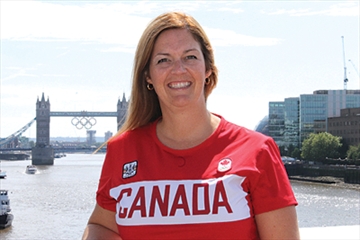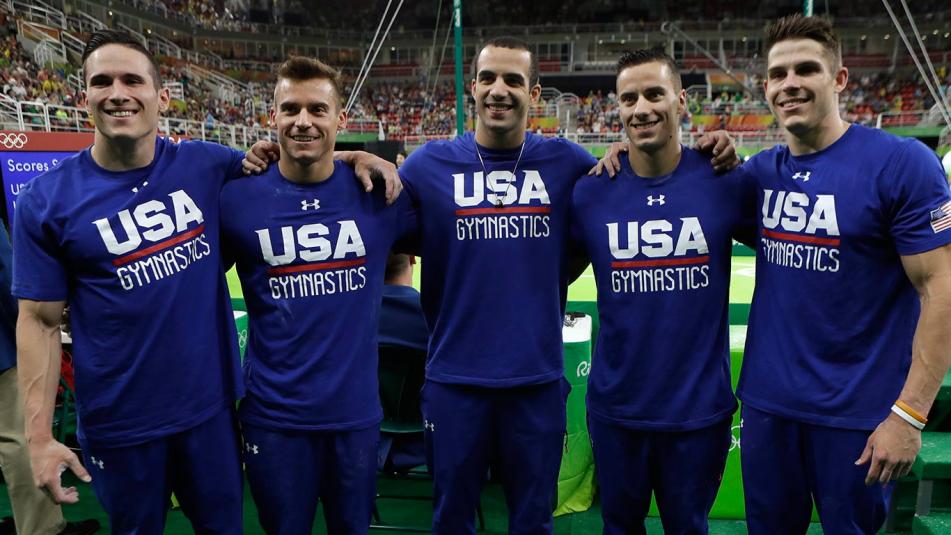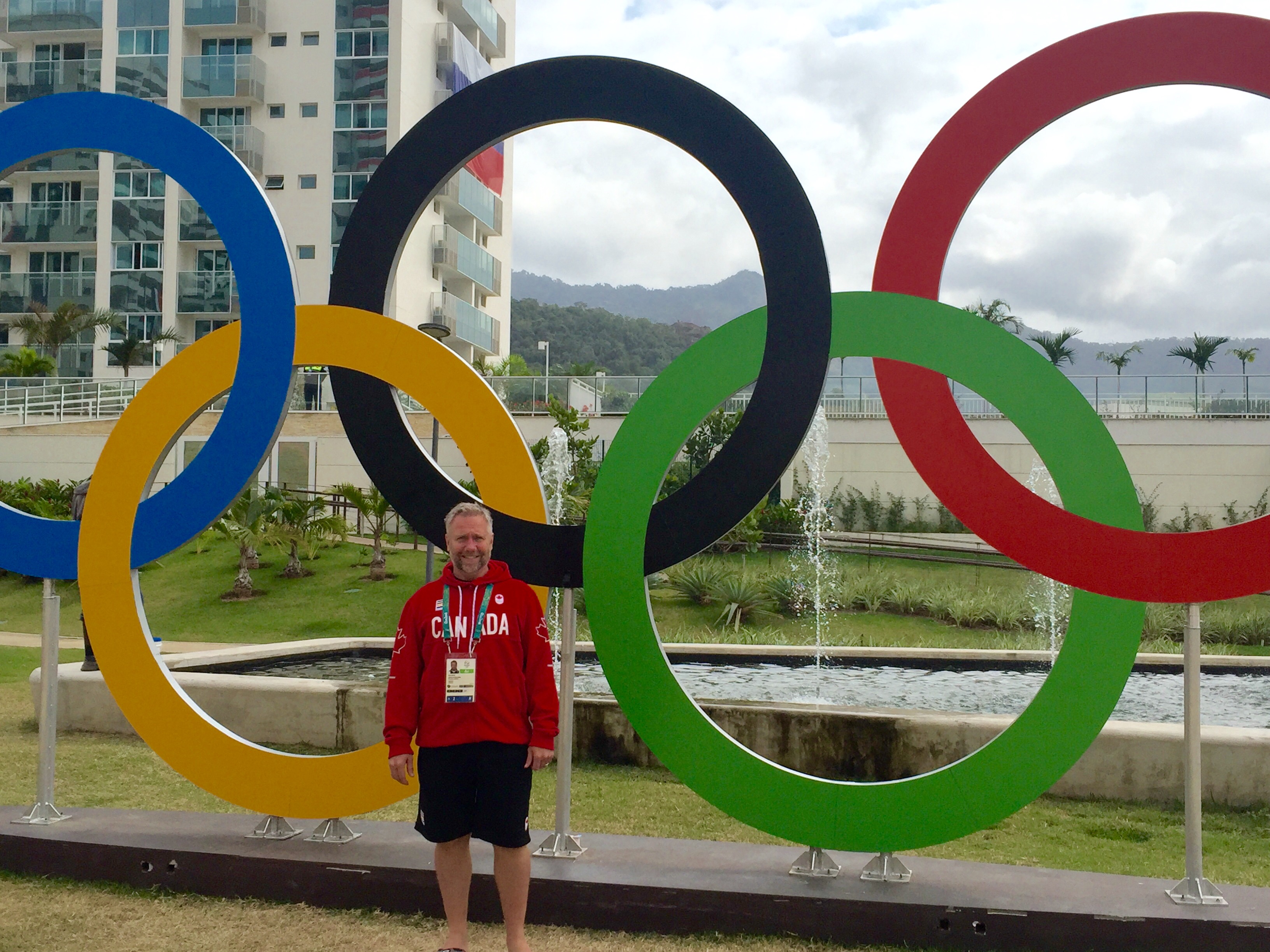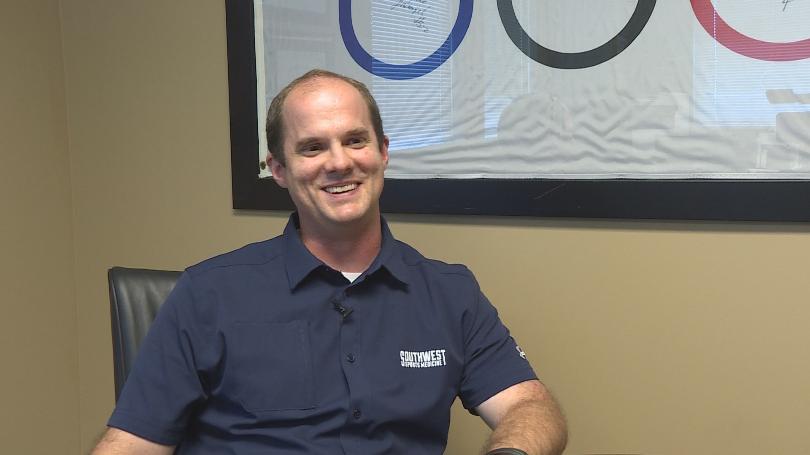
Article reposted from Asian Journal
Author: Giselle “G” Töngi
IF you haven’t heard already, Filipino weightlifter Hidilyn Diaz represented the Philippines in her third straight Olympics in Rio de Janeiro, Brazil, taking home the silver medal in the women’s 53-kg division. Her podium finish is the Philippines’ first medal since 1996 when boxer Mansueto “Onyok” Velasco bagged the silver medal in the Atlanta Olympic Games.
But she isn’t the only Filipina out there who brought us Olympic pride! Meet Larnie Boquiren, the head athletic trainer for the USA Women’s Water Polo team. The USA Women’s Water Polo team is currently ranked number 1 in the world after they dominated against Italy in the recent Olympic Games. The US is the first women’s water polo team to win two gold medals, defeating Italy, 12-5, for their second straight gold.
The many achievements of the US Women’s Water Polo team include:
– Gold medal at the 2014 FINA World Cup in Khanty-Mansiysk, Russia
– Gold medal at the 2014 FINA World League Super Final in Kunshan, China
– Gold medal at the 2012 Olympic Games in London, England
– Gold medal at the 2011 Pan American Games in Guadalajara, Mexico
– Gold medal at the 2010 FINA World Cup in Christchurch, New Zealand
– Gold medal at the 2010 FINA World League Super Final in La Jolla, CA
– Only women’s water polo nation to win three World Championships
– Gold medal at the 2009 FINA World Championships in Rome, Italy
– Gold medal at the 2009 FINA World League Super Final in Kirishi, Russia
– Silver medal at the 2008 Olympic Games in Beijing, China
– Silver medal at the 2008 FINA World League Super Final in Tenerife, Spain
– Only team in women’s water polo worldwide to win medals at the 2000, 2004, 2008, and 2012 Olympic Games
– In 2005, became the country with the most overall medals in women’s water polo (FINA Junior and Senior events)
– Gold medal at the 2007 Pan American Games in Rio De Janeiro, Brazil
– Gold medal at the 2007 World League Super Final in Montreal, Canada
– Gold medal at the 2007 World Championships in Melbourne, Australia
– Gold medal at the 2006 Holiday Cup in Los Alamitos, CA, sixth consecutive year
– Gold medal at the 2006 World League in Cosenza, Italy
– Silver medal at the 2005 World Championships in Montreal, Canada
– Gold medal at the 2005 Junior World Championships in Perth, Australia
– Bronze medal at the 2004 Olympic Games in Athens, Greece
– Gold medal at the 2004 World League in Long Beach, CA
– Silver medal at the 2003 Junior World Championships in Calgary, Canada
– Gold medal at the 2003 Pan American Games in Santa Domingo, Dominican Republic
– Gold medal at the 2003 World Championships in Barcelona, Spain
– Silver medal at 2002 World Cup in Perth, Australia
– Gold medal at the 2001 Junior World Championships in Perth, Australia
– Silver medal at the 2000 Olympic Games in Sydney, Australia, the first Olympics to feature women’s water polo as an official sport
– Gold medal at the first-ever World Cup in 1979
As the sports medicine manager and head athletic trainer for USA Water Polo, Larnie Boquiren is in charge of evaluating and assessing injuries, designing and implementing treatment and rehabilitation plans, and providing injury prevention and recovery methods. She recently returned from the 2016 Olympic Games in Rio, Brazil.
I am excited to have her on “Kababayan Today” soon to talk about her recent Olympic trip to Rio. Before that, she was kind enough to answer some questions for the Asian Journal.
G: How did you start getting into water polo?
Larnie: I started my service with USA Women’s Water Polo on October 2015 after serving five seasons as an athletic trainer with USA Volleyball teams. My colleagues at the USA Volleyball had approached me about my possible interest and I applied.
G: What was it about water polo that you enjoyed?
Larnie: What I’ve come to enjoy and respect about water polo is that it’s one of the hardest sports to ever be played. The level of fitness, physicality, aggressiveness, and blue-collar team approach [that] USA Women’s Water Polo plays is what drives me in my role as an athletic trainer.
G: What hard work went into the training for the Rio games?
Larnie: The team trained six days a week: on Monday, Tuesday, Thursday and Fridays at Los Alamitos Joint Training Base from 7:30 a.m. to 10:30 a.m. and then 1:30 p.m. to 4:30 p.m. On Wednesdays and Saturdays, we train from 7:30 a.m. to 11:30 a.m. Morning training involves a lot of swimming and leg sets, while the afternoon involves a lot more tactics. I’m present at all trainings and lifts and start my day at 6:30am and leave at 6:30pm. I provide treatments before, between and after training sessions, and am supported by our massage therapists, acupuncturists, our sports dieting, and sports performance coach. Our travel was extensive, and required a lot of preparation in bringing our athletic training room on the road. During travel, I serve as an extension of those the other providers that support the team.
G: What was the highlight of your trip to Rio?
Larnie: My highlight of my trip to Rio was jumping in to the Olympic Pool after the last second of the Gold Medal Match and meeting in the team in the middle for a huddle. We put our hands in and did our 1-2-3 USA cheer. I jumped in the pool with my clothes on including my shoes. I’ve never done that before, it’s was challenging and felt like I was going to drown at times. But I was surrounded by a group of women who play water polo that have people hanging on their necks trying to drown them. I was going to be okay. At one moment, I just had to float on my back and give thanks. The success of this team involved so much hard work, sacrifice, time of many people pulling in the same direction to achieve one goal and WE DID IT.
G: Can you describe how water polo is played?
Larnie: Water polo is a combination of soccer, basketball, and hockey. Soccer because there is a goalie. Basketball because there is an element of passing and shooting, aggressive defense, fast breaks/counter attacks. Hockey because it’s aggressive, and there are moments of power plays where a player is ejected and puts a team up with another player in the field.
G: How does it feel to be representing the USA even with your Filipino heritage?
Larnie: The feelings and emotions that stir up are one of gratitude. I’m so thankful that God has given me this opportunity go through this process and the journey to serve in my position. The experience is a gift to be shared with the potential to plant seeds and inspire. To represent the USA and my Filipino heritage is a reminder that I’m a part of something that is greater than myself. I’m reminded of my parents and their desire for the American Dream like so many other Filipino families that come to the states. The desire for opportunity, the importance of work ethic, and doing so with graciousness and service.
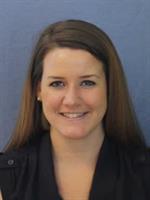




 Chris Crawford demonstrates taping techniques for a shoulder injury during a class at MNU.
Chris Crawford demonstrates taping techniques for a shoulder injury during a class at MNU.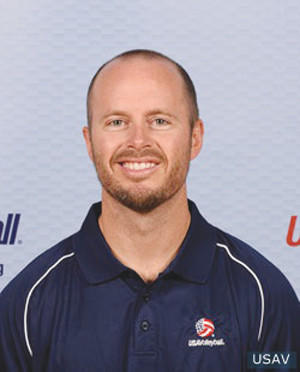



 A sampling of what Lori Uretsky is bringing to Rio for use by the U.S. Field Hockey team.
A sampling of what Lori Uretsky is bringing to Rio for use by the U.S. Field Hockey team.

